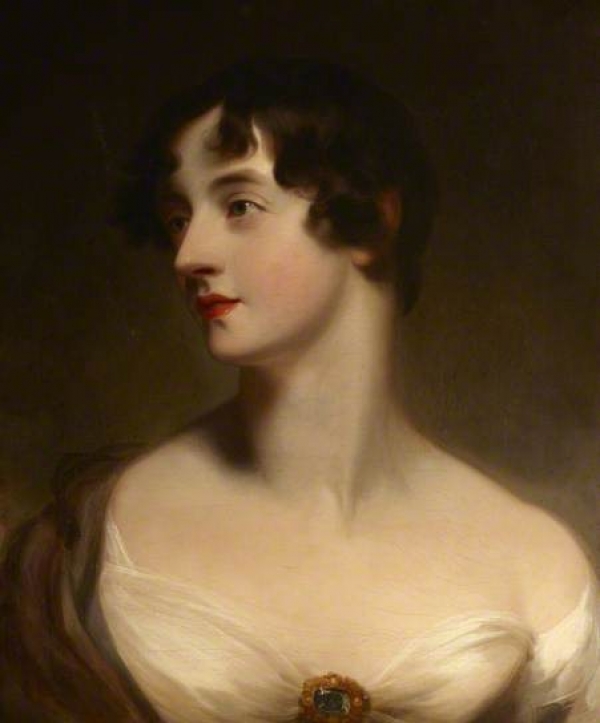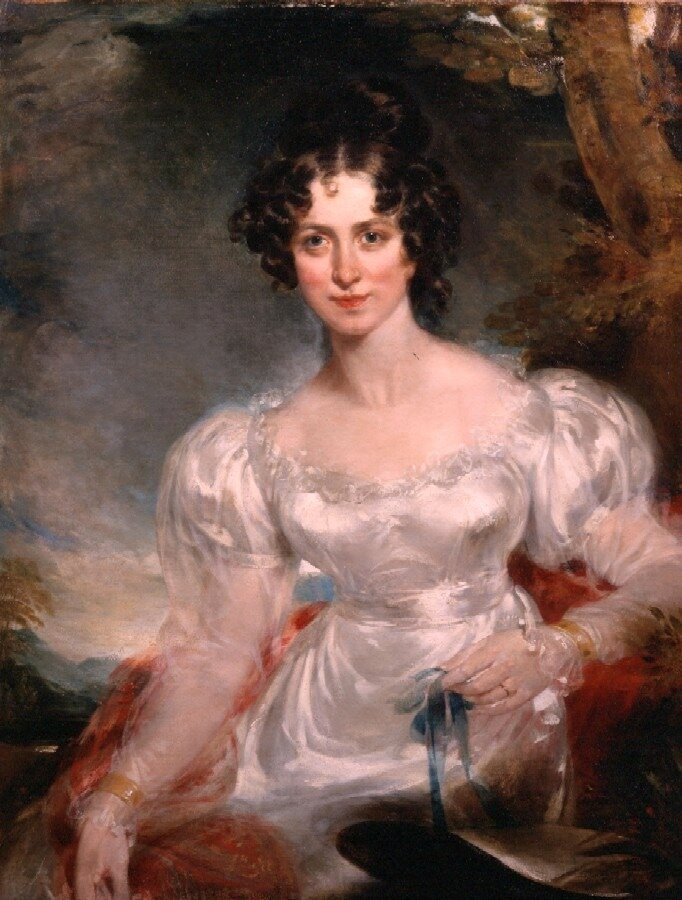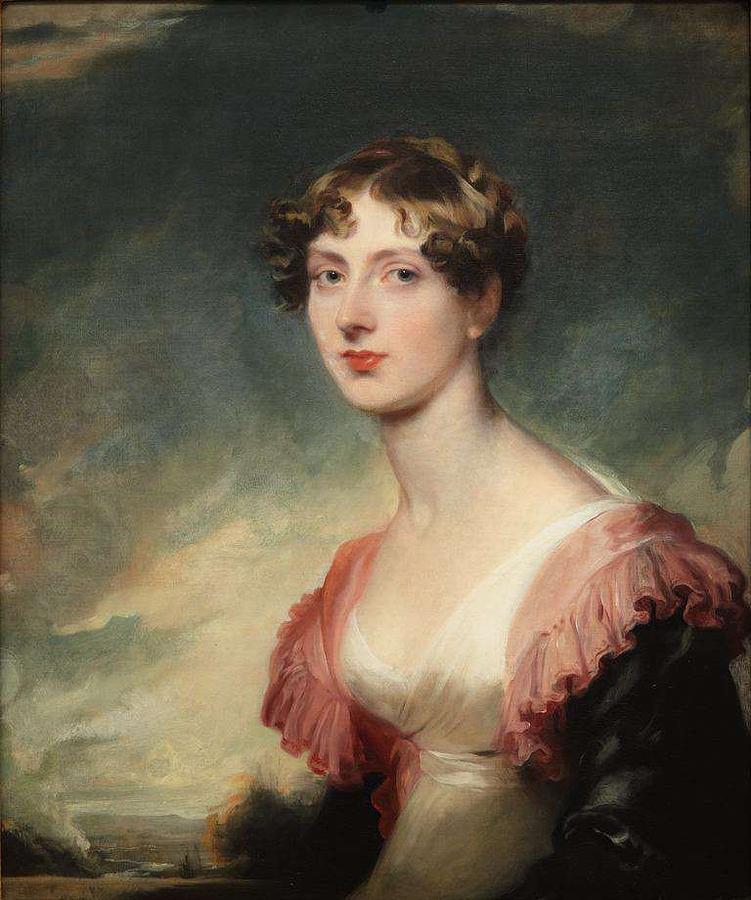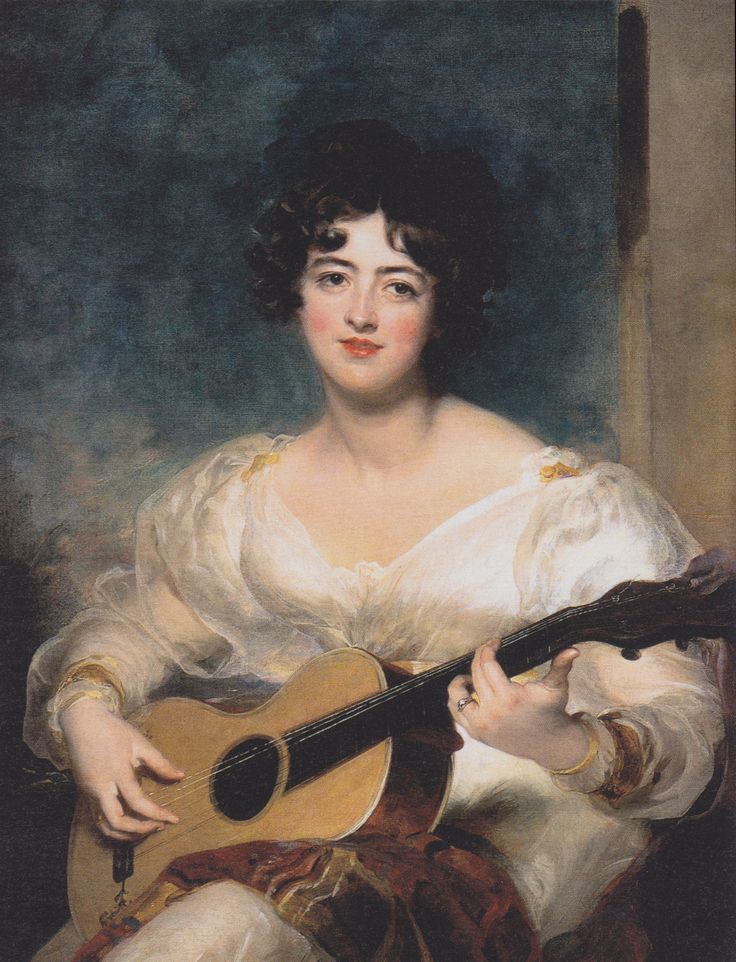The Many Women of Sir Thomas Lawrence
Posted on 22nd October 2021
Considered by many to be the finest portrait artist of the Georgian and Regency Era the future (Sir) Thomas Lawrence was the son of a relatively humble Innkeeper from Devizes in Wiltshire.
He was considered a sensation in his hometown where his father would greet customers to the Black Bear Inn by propping the young Thomas on the bar and telling them he would recite any poem from memory for a shilling or sketch their portrait at a sovereign a time. In this way did he hone his talent or as people were already saying – his Gift from God.
In 1787, aged 18, he moved to London where his reputation as a child prodigy had already gone before him and soon after settling in Leicester Square he was introduced to the greatest artist of his day, Sir Joshua Reynolds.
Making the most of Sir Joshua’s patronage and support Lawrence was able to set up a studio in Jermyn Street and in 1789 exhibited his paintings for the first time to a receptive and approving audience. Soon after and still aged only 20, he received his first Royal Commission to paint Queen Charlotte and the Princess Amelia.

The Queen took an immediate dislike to the confident and boastful Lawrence who she considered insolent and lacking in deference. She complained constantly of his common speech and rudeness of manner and upon the portrait’s completion asserted that she did not like either and refused to pay for them. The Queen’s portrait at least, was indeed to remain in his studio for the rest of his life.
He made a better impression on King George III, the future Prince Regent and the young Princesses, however.
In 1792, following the death of Sir Joshua Reynolds he was appointed ‘Painter in Ordinary to His Majesty’ and with this appointment came not just a knighthood but also the commissions of the great and the good of English society.
There was to be no shortage of work for Lawrence but despite making a great deal of money during his lifetime he spent it as readily as he made it. As such, he was never a wealthy man and rarely out of debt.
He was also to become the source of Court gossip as a result of the sexual dalliances he had with many of the beautiful women who now posed for him much to the chagrin of the fathers, husbands and fiancés who had paid for the privilege.
Most remembered today for the society women he painted many of the most eminent men of the time also sat for him among them King George IV, the Duke of Wellington and the Prime Minister’s Lord Canning and Sir Robert Peel.
He died on 7 January 1830, aged 60, no less popular as a painter but unmarried and pursued by his creditors.














Share this post:





